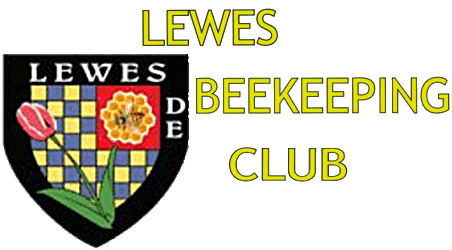Have you ever wondered what honeybees do during the winter months? Do they hibernate? How do they stay warm? How do they survive?
We all know honeybees are remarkable creatures, but what they do throughout the winter months to ensure the survival of the colony is one of the more remarkable elements of their lives in the hive.
They live off the honey and pollen gathered throughout the season, they form a cluster in the hive next to this food, and they flex their wing muscles to generate heat, keeping the ambient temperature in the hive around 92 degrees.
Some estimates suggest the bees need at least 50-60 pounds of honey to survive the winter in the Mid-Atlantic region, so beekeepers must decide how much honey to leave for the bees when they remove honey stores from the hives.
In addition, bees born in the autumn will remain in the hive throughout the winter, living up to six months, compared to the six-week lifespans of bees born during the summer months.
Before winter sets in and temperatures begin to dip below 55 degrees Fahrenheit, worker bees boot the Drones, the male bees, out of the colony. Drones have one major function: mating with queens from other colonies. What they do when they are not hunting for a queen is eat. Drones consume three times more food than workers. That’s food the colony can’t spare in winter when nothing is blooming, so the drones have to go.
Bees winterize the hive, sealing cracks with propolis, a substance gathered from trees and plants visited by the bees in their search for pollen and nectar.
Bees are extraordinarily hygienic, and as part of their winter housekeeping chores, they remove dead bees through the hive’s entryway. When winter temperatures inch up into the mid to high 50s, you may see honeybees flying. They may be out on a “cleansing flight,” taking advantage of the warmer weather to relieve themselves or look for any pollen or nectar that may be available.
Or like many of us after a cold winter, they may just be eager for spring.

